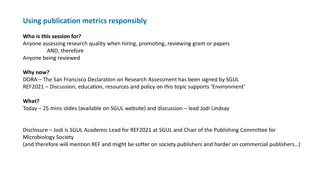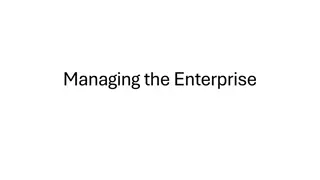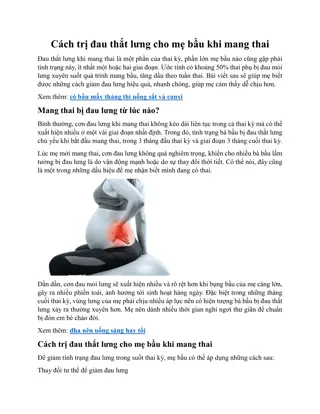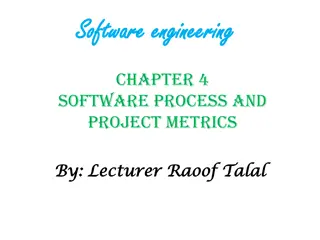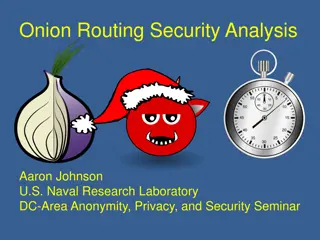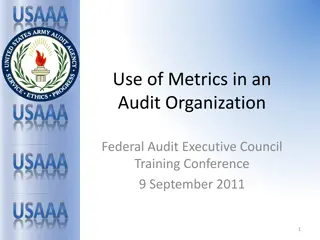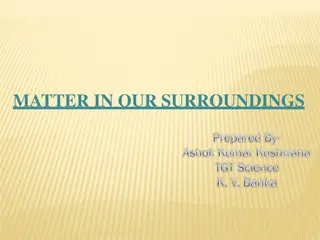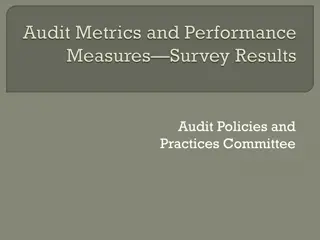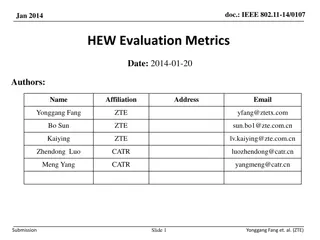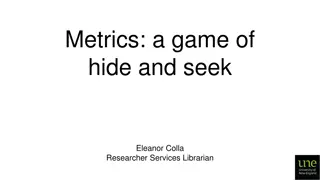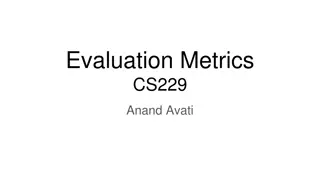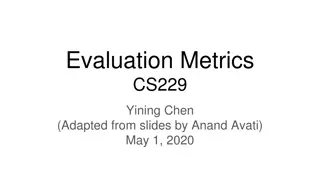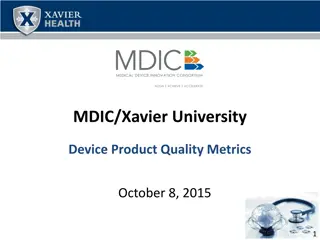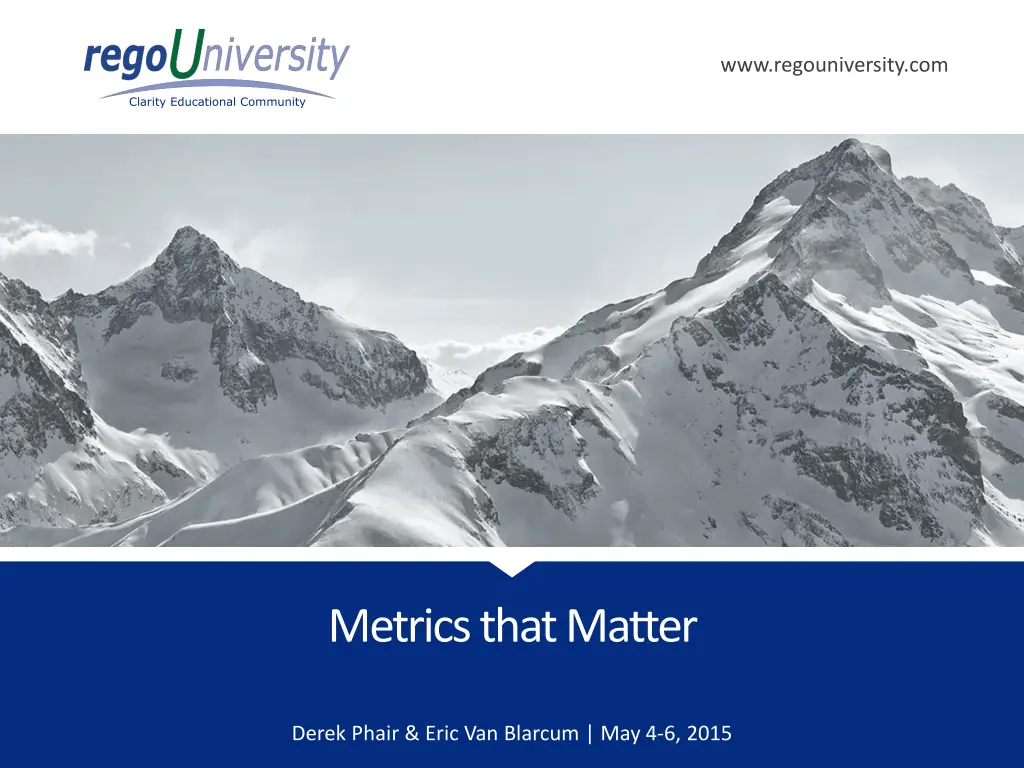
Effective Metrics Development and Management Strategies
Discover key insights on metrics development and management, including the importance of aligning behaviors with organizational strategy, utilizing SMART metrics, and implementing balanced metrics to drive positive outcomes and behavior. Explore how to evolve metrics effectively and stay ahead in the game.
Download Presentation

Please find below an Image/Link to download the presentation.
The content on the website is provided AS IS for your information and personal use only. It may not be sold, licensed, or shared on other websites without obtaining consent from the author. If you encounter any issues during the download, it is possible that the publisher has removed the file from their server.
You are allowed to download the files provided on this website for personal or commercial use, subject to the condition that they are used lawfully. All files are the property of their respective owners.
The content on the website is provided AS IS for your information and personal use only. It may not be sold, licensed, or shared on other websites without obtaining consent from the author.
E N D
Presentation Transcript
www.regouniversity.com Clarity Educational Community Metrics that Matter Derek Phair & Eric Van Blarcum | May 4-6, 2015
Agenda Quick Overview on Metrics Class Survey 1: Top 3 Metrics (Your favorites and why) Discussion: Are they working? Class Survey 2: What areas are difficult to metric? Discussion: How can you tackle those? Class Survey 3: How are your metrics evolving? Discussion: How do you get ahead of it? Some Final Thoughts/Q&A 2 Clarity Educational Community
Metrics are for doing, not for staring. Never measure just because you can. Measure to learn. Measure to fix. - Stijn Debrouwere 3 Clarity Educational Community
Welcome This class is intended to build on the primer on metrics provided in 2014 Link to that presentation (functional track): http://regouniversity.com/presentations-14/ This class will be more interactive and is intended for high audience participation around the challenges of metric development and management 4 Clarity Educational Community
Overview (excerpts from 2014) 5 Clarity Educational Community
Why do we utilize metrics? Align behaviors with organizational strategy What gets measured gets done Enables self-service performance management Benchmarking Internal and External Manage based on data not gut feel Influencing Management 6 Clarity Educational Community
What makes a good Metric? SMART Specific Meaningful Aligned Realistic goals Time based 7 Clarity Educational Community
What makes a good Metric? Balanced Do not want to drive the wrong behavior Drill Down Need to be able to answer why Automated Consistency, availability, accuracy Incentives Rewards drive behavior Positive Focus Highlight good behavior not bad Assign Ownership Monitor, report improve Leading vs. Lagging Measure things that can be changed 8 Clarity Educational Community
How to Create KPIs? 1. Understand strategic goals of your organization 2. Determine the Key Success Factors in reaching the goals 3. Define Key Performance Indicators that measure the success factors 4. Determine the Success Factors for these metrics 5. Define Performance Indicators that measure the success factors 6. Make KPIs, PIs and data available 7. Communicate to all levels 9 Clarity Educational Community
What Metrics Do You Use Today? Scope Overall Project Subjective R/Y/G on projects by the PM (PMs thoughts) Duration between steps, phases, stages, etc. (diagnose where issue; this will not solve issues) # issues / project duration in days How long issues remain open % projects with current status reports Number of defects discovered after initial acceptance / development hours Counts and amounts for projects in Red/Amber/Green status # issues by severity: opened, closed, on-hold % projects failed gate review % projects that delayed gate review # changes / project duration in days (bad req. or bad PM) Customer satisfaction (survey 1-10) Schedule % of open tasks with finish date < one week ago (stale) % projects on-time % of tasks completed on time % of tasks completed within baseline duration % of tasks completed within baseline hours % Milestones on time Actual/Estimate % to estimate Average task duration or effort (good plans) % tasks assigned 3 months out (how well advanced planning) # of baselines Milestone Burndown Cross Project Dependency Slack Time (Not Project Related) Time not submitted on time Avg. hours worked by staff % internal vs. external resources Time to assign WR (response time) Time by % Admin, Projects, Maintenance (Doing the right things) Budget % projects on-budget % complete vs. % money expended Actual / budgeted ROI Total support costs for x months after solution is completed Amount of project manager time vs. overall effort hours % change in NPV/IRR from gate to gate Benefits realized vs. benefits planned % projects with current financial forecasts Resource Management % of resources with appropriate allocations 6-9 months in the future % of resources with appropriate assignments 0-3 months in the future Forecasted Utilization % by project manager for next 0-3 months Actual Utilization % by project manager for last 3 months Workloads by resources or manager # projects they support 10 Clarity Educational Community
Proactive vs. Reactive Metrics Example % projects completed on time (reactive) % tasks on active projects missing: (proactive) Assignments Dependencies 11 Clarity Educational Community
Survey 1 What is your favorite metric and why? Describe the metric and the process around it as well as the impact its having on your organization Discussion: What are the common threads of high impact metrics (based on the discussion)? 12 Clarity Educational Community
Survey 2 What areas are hard to metric and why? Describe the challenge and opportunity. If you did have the metric, what would it change? What strategies help to get at difficult areas to metric? 13 Clarity Educational Community
Survey 3 How are your metrics evolving? What is driving the dynamics of that change? Describe what you to keep ahead of the needs of the organization proactively? Where are you plugged in to monitor the pulse of the organization? What are the sources of change for metrics over time? 14 Clarity Educational Community
Final Thoughts Metrics are a means to an end and not an end in themselves (always have a purpose or outcome for them or retire them) best when intuitive (one simple metric is better than an army of confusing ones) best when explained/open to influence over time (many metrics are imposed and not explained; metric educations helps adoption and alignment) not bulletproof (beware of gaming and build opposing metrics to dilute the power of gaming) 15 Clarity Educational Community
Questions We hope that you found this session informative and worthwhile. Our primary goal was to increase your understanding of the topic and CA PPM in general. Phone 888.813.0444 Email info@regouniversity.com There were many concepts covered during the session, if you would like to contact any presenter with questions, please reach out to us. Website www.regouniversity.com Thank you for attending regoUniversity 2015! 16 Clarity Educational Community




